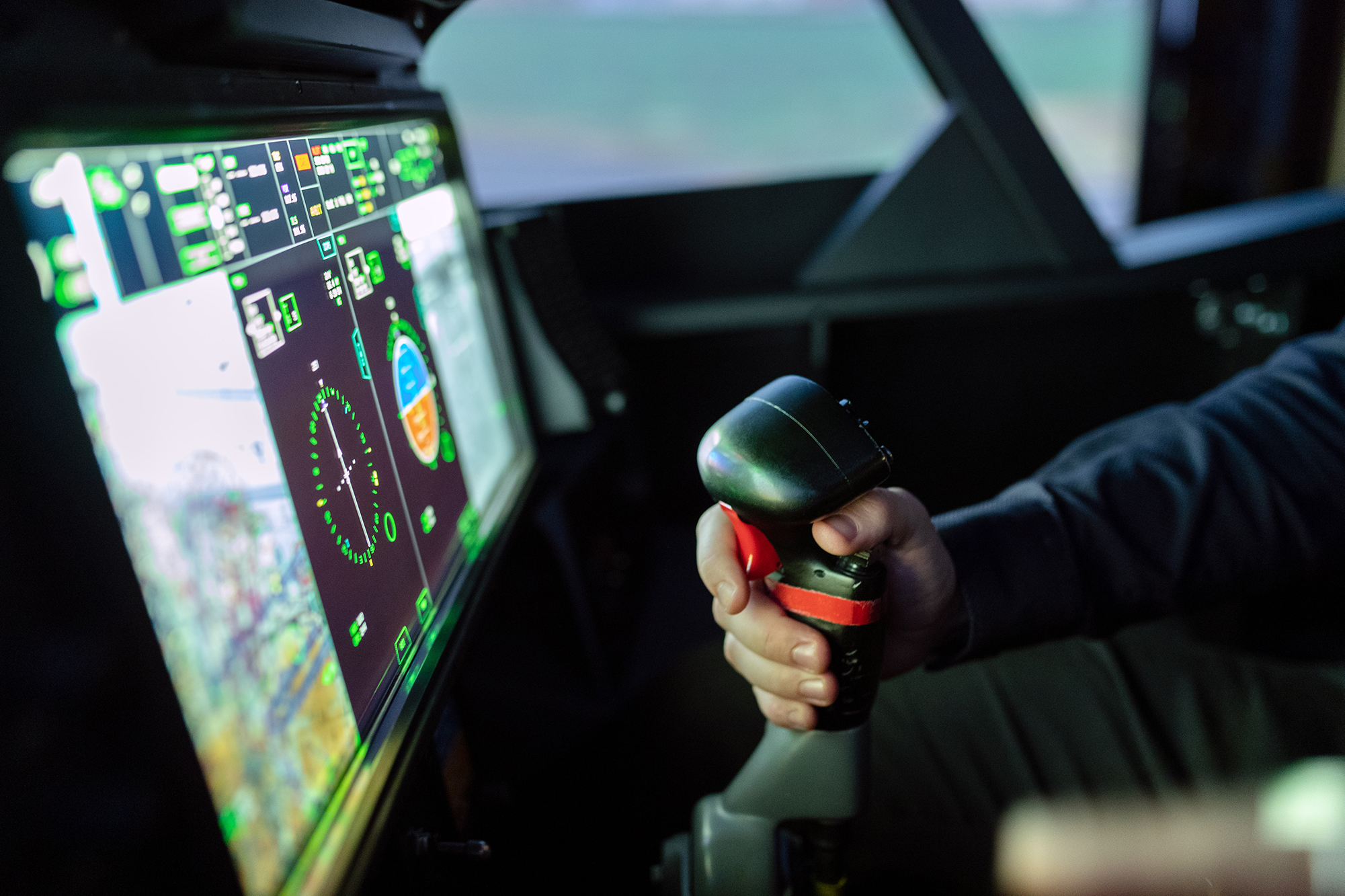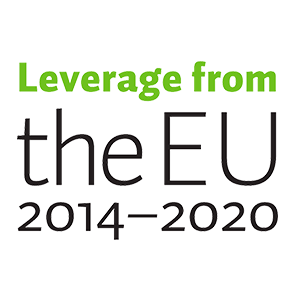
How can a company reduce its environmental footprint through simulator training?

Simulator training to encourage resource-wise use of machinery
resource wisdom, education, learning, virtual environment, simulation, operating methods, competence
The size of a company’s environmental footprint depends on its operating models and work methods. This concept examines the various ways in which simulation environments enable new types of training for using machinery, developing techniques and ways to minimise environmental impacts.
- Minimise: learn resource-wise techniques and minimise the energy consumption of your machines.
- Certify: train new staff and verify your staff’s skills.
- Take action: plan to ensure resource-wise operations.
This solution is right for you if
- your company uses machinery or produces logistics solutions;
- you are interested in simulation environments and their use for learning purposes;
- your job involves planning training activities or you are interested in improving work methods.
BASIC FACTS
- Simulation training is suitable for all companies that use machinery and develop logistics solutions
- Simulation training in a virtual environment creates resource-wise and environmentally sustainable solutions to meet companies’ training and development requirements
- Simulation-based training solutions are already available and are expected to evolve in the coming years
- The concept is implemented by:
- University of Turku, Finland Futures Research Centre (FFRC), Essi Silvonen
- The HNRY project’s transport and logistics solutions forums
- The practical applications have been evaluated in cooperation with ADE Oy
New resource-wise ways to boost emissions reductions
It is essential to find work methods that can be changed to reduce emissions and act in a more resource-wise manner. Reductions made by changing the activities of an individual employee may be small, but the cascade effects resulting from a systematic change become significant in the context of industrial areas.
The principles of carbon neutrality and resource wisdom go hand in hand with health and safety. The principles can be incorporated into professional qualifications and, consequently, they become part of the required techniques. Employees also learn to see and develop their activities in terms of environmental criteria.
The purpose of this concept is to reduce the energy used by machinery; this is achieved by minimising energy loss in operations, streamlining practices, shortening transitions as well as optimising loads and the use of storage capacity. These operational efficiency goals are common and shared by companies. The concept examines how training activities using simulations in virtual environments can help to achieve these goals.
Resource-wise learning will take place in virtual environments
Virtual environments have evolved over the years and are expected to continue to do so. They are used more commonly, and the number of applications designed for educational purposes has also increased. Most training courses are held at educational institutions, but some are also organised in industrial areas. Competence assessment and training play an important role when it comes to recruiting and placing new staff as well as in maintaining and developing current staff’s skills.
Training in a simulation environment has a much lighter impact on the environment than training in a real environment. It allows for the assessment of skills and practising and refining of new skills as required without causing a significant environmental burden.
Methods of using machinery can be improved in virtual simulation training
There are already virtual training solutions that focus on topics such as transporting machines, their safe use and deployment. These solutions are also connected to an industrial area’s carbon neutrality and resource wisdom, which is why it is interesting to see how simulation training can support emissions reduction and resource-wise techniques. The focus is primarily on machines and how they are used in industrial areas, but similar principles also apply to other activities in these areas. Resource-wise work methods can be developed through measures such as training courses on the environmental footprint, skills assessments, training and certification of new employees’ skills, further training and maintaining professional skills, minimising machines’ fuel/energy consumption and planning and optimising work and material flows in the industrial area.
How is simulation training organised in practical terms?
We use the virtual training centre developed by ADE Oy as an example. It can be located either on a company’s premises, in an industrial area or on the premises of a local vocational training centre or other service provider. The virtual training centre is a modular package that consists of the hardware, software, virtual headset and special aids required in the particular course. It is in constant contact with a control room, which provides technical support as well as assessment and approval of skills certification.
The virtual environment offers a variety of exercises from among which attendees choose the ones they need. There is also a test environment in which performances can be evaluated. The virtual training centre is a service with a monthly fee, which varies from a few hundred euros upwards, depending on the number of training modules. Virtual environments and simulation-based training courses are already available on various cranes, vehicles, fire safety, logistics operational safety, operations on construction sites and customer service situations.
See a more detailed presentation of the virtual training centre:
TAKE-HOME MESSAGES
- Virtual environments provide easy and cost-effective ways to organise training. The number of available courses is increasing and the scope of their content is expanding.
- The virtual training centre provides a resource-wise way to organise inductions for new staff, offer further training for current staff and to maintain professional skills.
- Virtual solutions and environments are not only suitable for training individuals but they also make it possible to provide larger virtual learning packages, in which a model of an industrial area or parts of it can be recreated in a virtual environment. This can be used to plan new work methods and assess the best way to implement changes and how they affect the operations as a whole.
- Virtual environments can be used to implement and simulate the progress of a construction site and the environmental footprint during construction, and they can also be used as tools for planning construction projects so that they are as resource-wise as possible.
“Training in virtual environments is a means for effectively practising sustainable work methods, and their future potential is limitless. We already have more than 40 simulators, which can be deployed quickly”
– Pasi Porramo, ADE Oy, 22.3.2021




